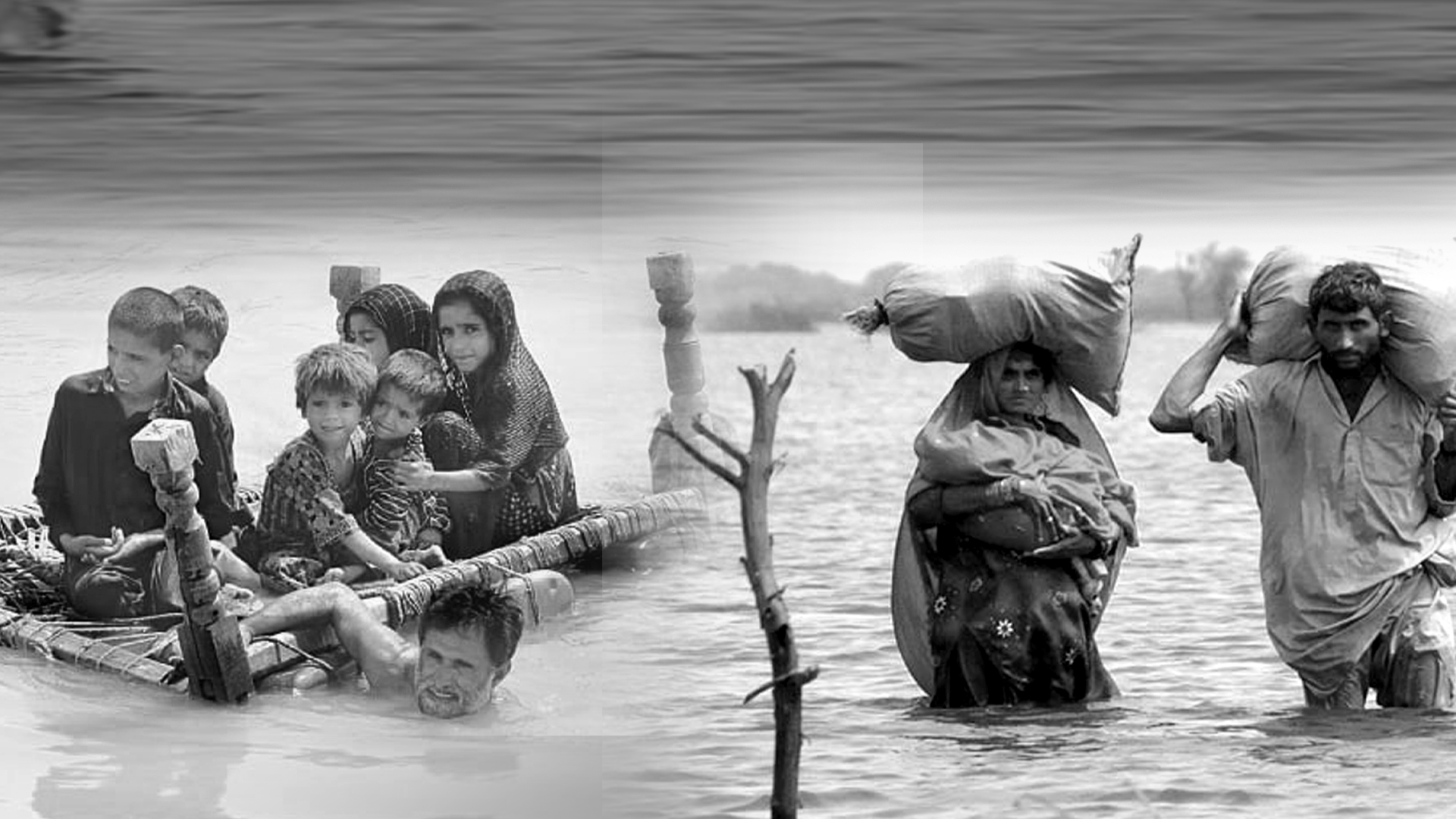The International Conference on Climate Resilient Pakistan, co-hosted by the Government of Pakistan and the United Nations, takes place on 9 January 2023.
The Conference will bring together Governments, leaders from the public and private sectors and civil society to support the people and the Government of Pakistan after the devastating floods of 2022. It has two main objectives:
- Present the Resilient Recovery, Rehabilitation, and Reconstruction Framework (4RF), which lays out a multisectoral strategy for rehabilitation and reconstruction in a climate-resilient and inclusive manner
- Secure international support and forge long-term partnerships for building Pakistan’s climate resilience and adaptation.
The 2022 floods were Pakistan’s worst natural disaster in decades. They submerged one-third of the country, killed or injured approximately 15,000 people, and displaced 8 million people. Over 2 million homes were destroyed or damaged, as were 13,000 kilometres of highway, 439 bridges, and over 4 million acres of agricultural land. As a direct result of the floods, an estimated 9 million more people may be forced into poverty.
The Government of Pakistan has been able to respond to this unprecedented climate disaster thanks to assistance from the United Nations, the generosity of donors and partners, and the heroic response of its people. It provided $245 million in cash assistance to 2.2 million households and distributed hundreds of thousands of dollars through international agencies for tents, food, water and medicines to the destitute and the displaced.
The enormous task of reconstruction and rehabilitation now awaits. Pakistan has prepared a Post-Disaster Needs Assessment (PDNA) with the assistance of the United Nations system, the World Bank Group, the Asian Development Bank, and the European Union, which estimates flood damages to exceed US$14.9 billion, economic losses to exceed US$15.2 billion, and reconstruction need to exceed US$16.3 billion.
PDNA projections
The PDNA has identified core priorities such as reviving livelihoods and agriculture, rebuilding private housing, and rebuilding public infrastructure such as roads, bridges, schools, and hospitals.
This serves as the foundation for the Framework for Resilient Recovery, Rehabilitation, and Reconstruction (4RF).















